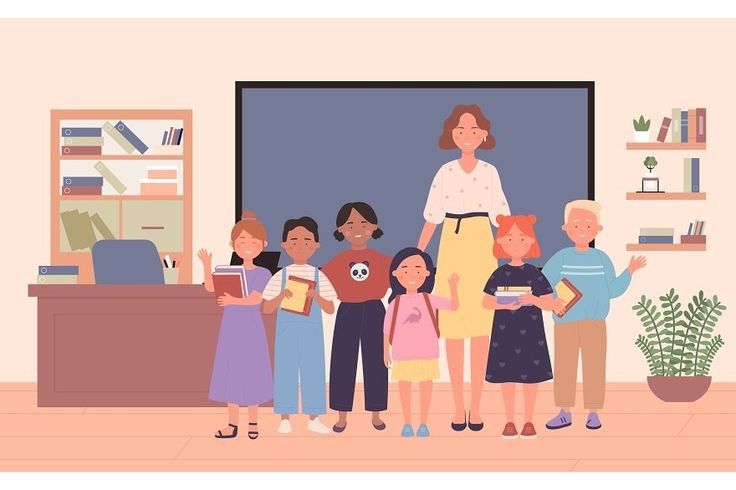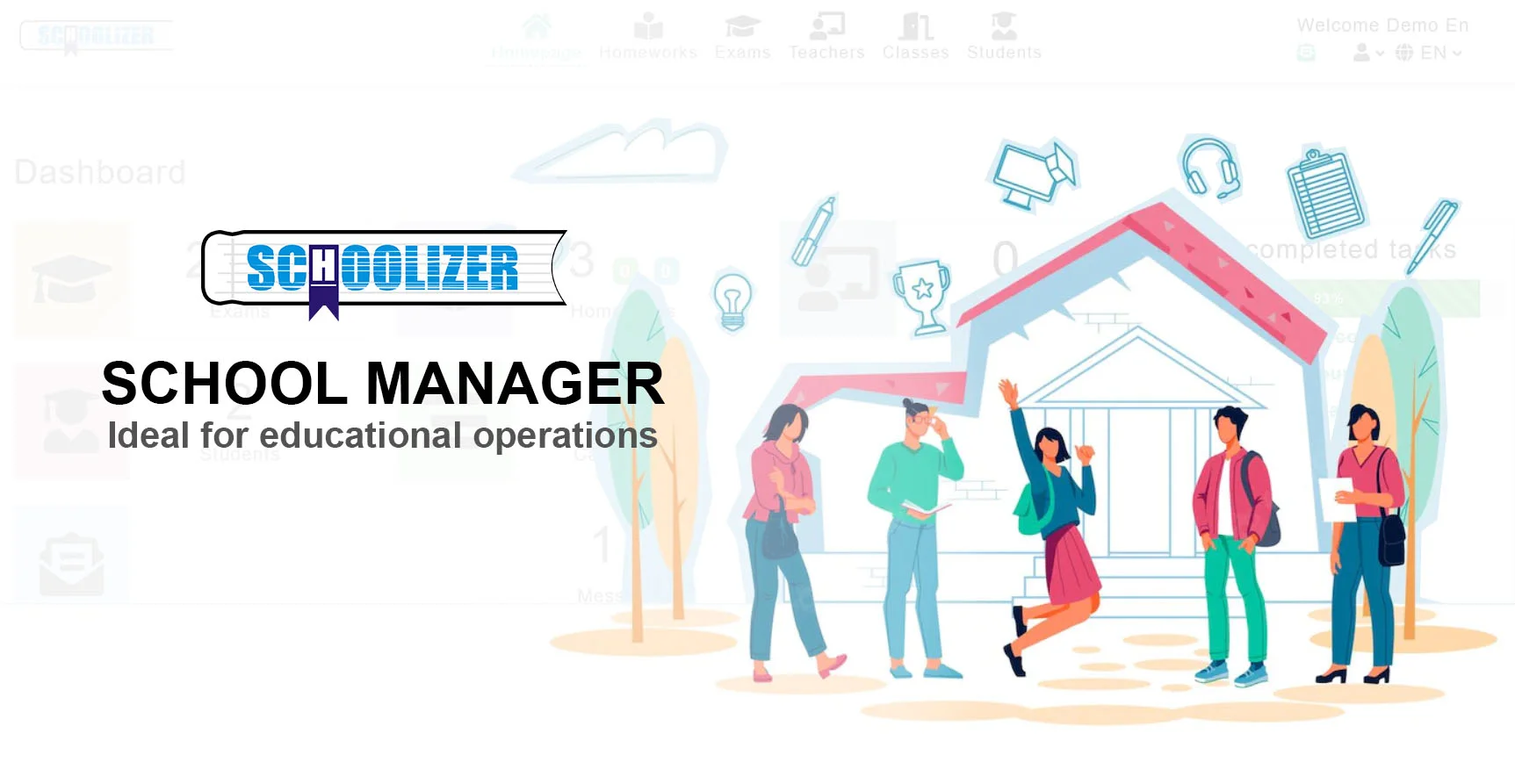The 10 Best Ways to Increase Student Engagement in the Classroom

Student engagement is crucial for effective active learning. But how to implement it in your classroom? And what are the best student engagement methods?
In this blog post, we will discuss the top strategies to increase your students’ engagement in the classroom. We will also discuss the importance of these strategies and we will share their importance with you to help you become a better teacher.
10 Best Ways to Increase Student Engagement
1. Create a Positive and Inclusive Learning Environment
The classroom environment that you create can help your students become more comfortable and come out of their shells.
This positive environment in the class helps with:
- Fostering a sense of belonging and acceptance
- Encouraging open communication
- Supporting emotional and mental health
- Enhancing student motivation
- Promoting a respectful and supportive classroom culture
2. Utilize Interactive and Multisensory Teaching Methods
Preparing lessons by incorporating various teaching techniques such as hands-on activities can promote a great atmosphere in your class.
This is essential to:
- Cater to diverse learning styles and preferences
- Increases student engagement and participation
- Enhances retention and understanding of course material
- Fosters creativity and innovation
- Makes learning more dynamic and enjoyable
3. Incorporate Real-World Relevance
Being out of touch with the real world cannot benefit your students, which is why you should include real-life lessons in your class.
This can benefit you with:
- Demonstrating the practical applications of learning
- Enhancing student motivation and interest
- Connecting classroom content to students' lives
- Preparing students for real-life challenges
- Fostering critical thinking and problem-solving skills
4. Offer Choice and Autonomy
Empower your students to take ownership of their learning process to make the learning process more efficient.
Try to do this:
- Empower students to take ownership of their learning
- Increase self-directed learning
- Foster a sense of responsibility and independence
- Support individualized learning experiences
- Encourage creativity and personal expression

5. Implement Collaborative Learning Activities
Peer teaching is a great method to try to incorporate your students into the class. Children learn best from other children which is why you should try to:
- Encourage group projects and peer teaching
- Promote teamwork and shared knowledge
- Create a supportive environment
- Help students to learn from each other
6. Provide Timely and Constructive Feedback
Kids can learn a lot from positive feedback which you should offer to help with:
- Guides students' learning and improvement
- Reinforces positive behavior and academic growth
- Builds students' self-confidence and self-awareness
- Enhances communication between teachers and students
- Supports a culture of continuous learning and development
7. Integrate Gamification and Interactive Learning Platforms
Utilize gamified learning activities and educational platforms and social media to make learning more interactive and enjoyable.
This can help you with:
- Increases student motivation and engagement
- Makes learning more interactive and enjoyable
- Fosters healthy competition and collaboration
- Enhances skill development and knowledge retention
- Provides immediate feedback and rewards
8. Cultivate a Great Mindset
Encourage a growth mindset by emphasizing the value of effort, perseverance, and resilience in the face of challenges. Try to do this:
- Encourage resilience and perseverance
- Foster a positive attitude toward challenges and learning
- Promote a belief in the potential for growth and improvement
- Enhance students' willingness to take risks and learn from mistakes
- Support a culture of continuous improvement and development
9. Establish Meaningful Connections to Prior Knowledge
Build on students' knowledge and experiences to make new concepts more relatable and understandable.
This can help you with:
- Helping students make connections and build on existing knowledge
- Enhancing retention and understanding of new concepts
- Fostering a deeper and more meaningful learning experience
- Supporting the transfer of knowledge to new situations
- Encouraging critical thinking and analysis
10. Promote Student Voice
Do not undermine your students just because they are young. Try to help them find their voices and make their own choices by doing this:
- Increasing the student's sense of agency
- Increasing student engagement and participation
- Supporting diverse perspectives and ideas
- Enhancing student motivation and enthusiasm
- Encouraging active involvement in the classroom

What is the importance of Student Engagement?
After learning about the best student engagement methods and school management, why should I implement them in my class? Here are the reasons why student engagement is so important:
- Improved academic performance and learning outcomes
- Increased motivation and enthusiasm for learning
- Enhanced retention and understanding of course material
- Positive impact on classroom behavior and participation
- Development of critical thinking and problem-solving skills
- Preparation for active participation in future academic and professional lives
Read More: Top 10 Classroom Management Strategies for Effective Learning.
In conclusion,
increasing student engagement is essential for creating a vibrant and effective learning environment.
By implementing the 10 best methods we discussed in this blog post, you can guarantee efficient active learning.
If you are a teacher who’s looking for skill improvement, or you need to stay up-to-date with new teaching strategies, visit Schoolizer to get the best advice from experts.
Read More: The Think-Pair-Share Strategy in Active Learning.
FAQs
1. What are the 3 elements of student engagement?
The three elements of student engagement are cognitive, emotional, and behavioral. All of them are highly important to achieve effective learning.
2. How do you foster engagement in the classroom?
Start by creating a positive and inclusive learning environment and integrating real-world relevance into lessons.
3. Why is student engagement important in learning?
Because it leads to improved academic performance, increased motivation, and a deeper understanding of course material.
4. What is the goal of student engagement?
Creating a dynamic and effective learning environment where students are actively involved in the learning process.
5. What are student engagement activities?
Student engagement activities are collaborative group projects, interactive discussions, hands-on activities, and peer teaching.






